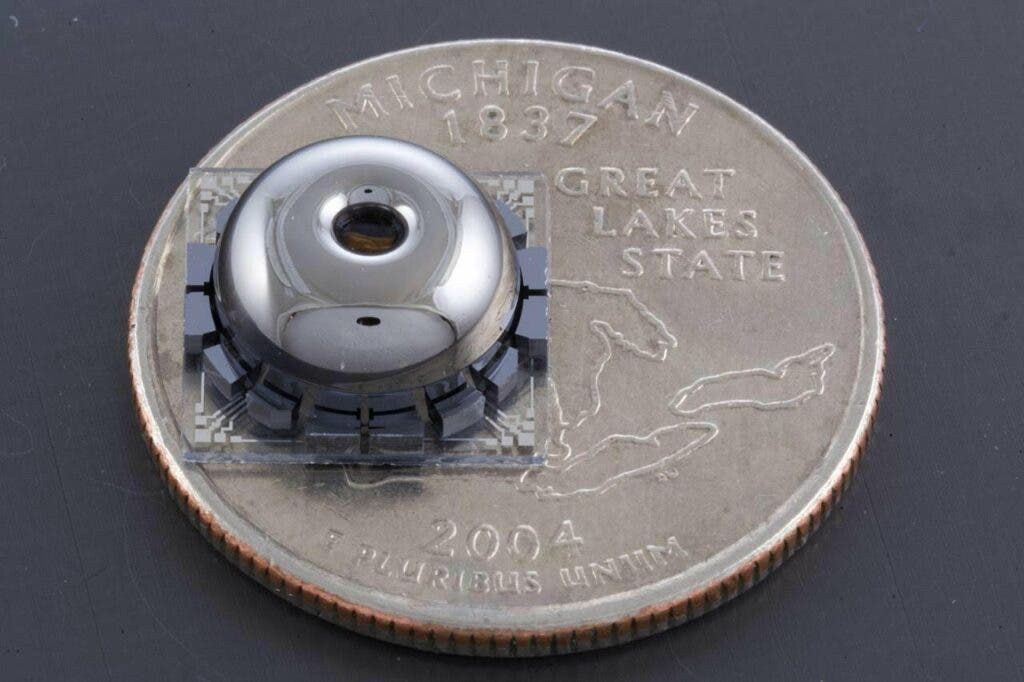This small device could make phone and autonomous car localization way much more accurate.

When you use Google Maps (or any other mapping service), it’s not just showing you the route to take — it’s also showing the direction you’re pointing your phone at. Most smart devices, from phones to modern cars, have some type of gyroscope inside them that allows them to do this, helping the device (and the user) know the direction it’s facing. But these gyroscopes are pretty bad quality. If you’d follow the gyroscope alone, you’d get lost in no time.
This is why most devices are so reliant on GPS, but GPS accuracy is also reduced to a couple of meters. So if we want to improve how geographical tracking in these devices, the gyroscope is a good place to start.
“High-performance gyroscopes are a bottleneck, and they have been for a long time. This gyroscope can remove this bottleneck by enabling the use of high-precision and low-cost inertial navigation in most autonomous vehicles,” said Jae Yoong Cho, an assistant research scientist in electrical engineering and computer science.
The device that enables navigation without a consistent orienting signal is called an inertial measurement unit. The unit is made up of three accelerometers and three gyroscopes, one for each axis in space — X, Y, and Z. The key to making a small and cheap gyroscope is an almost-symmetrical mechanical resonator. The quality of the resonator depends on the quality of the material.
The problem is that using better materials is prohibitively expensive. In a new study, researchers presented a new way to make extremely accurate gyroscopes, while keeping prices low at the same time.
“Our gyroscope is 10,000 times more accurate but only 10 times more expensive than gyroscopes used in your typical cell phones. This gyroscope is 1,000 times less expensive than much larger gyroscopes with similar performance,” said Khalil Najafi, the Schlumberger Professor of Engineering at U-M and a professor of electrical engineering and computer science.
Najafi’s team built a resonator from nearly perfect sheets of pure glass called fused silica — only a quarter of a millimeter thick, so researchers had to use a special blowtorch to heat it up and then melt it into the desired shape.
“Basically, the glass resonator vibrates in a certain pattern. If you suddenly rotate it, the vibrating pattern wants to stay in its original orientation. So, by monitoring the vibration pattern it is possible to directly measure rotation rate and angle,” said Sajal Singh, a doctoral student and co-author.
It remains to be seen how cheaply this chip can be made and how long it will take to implement it into other technology.






